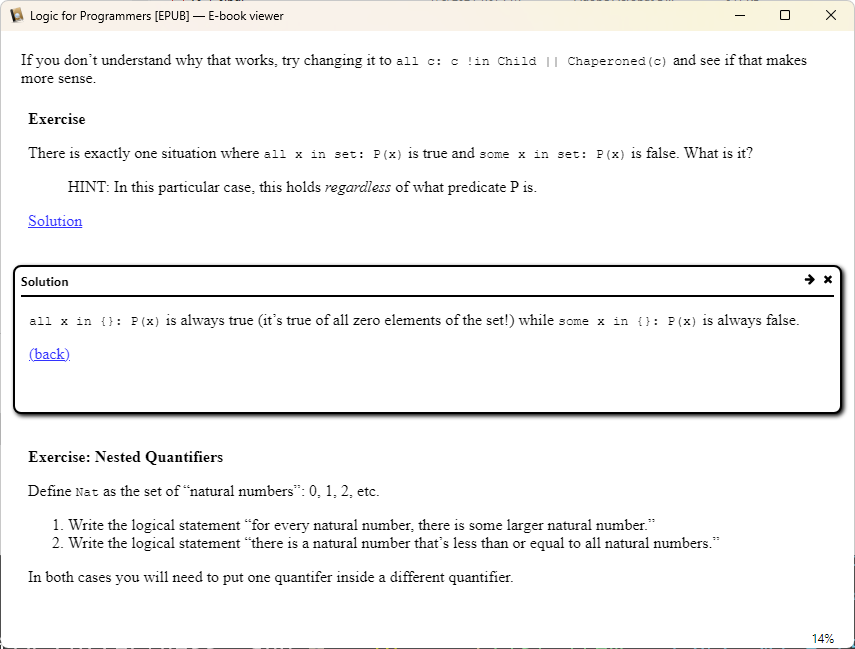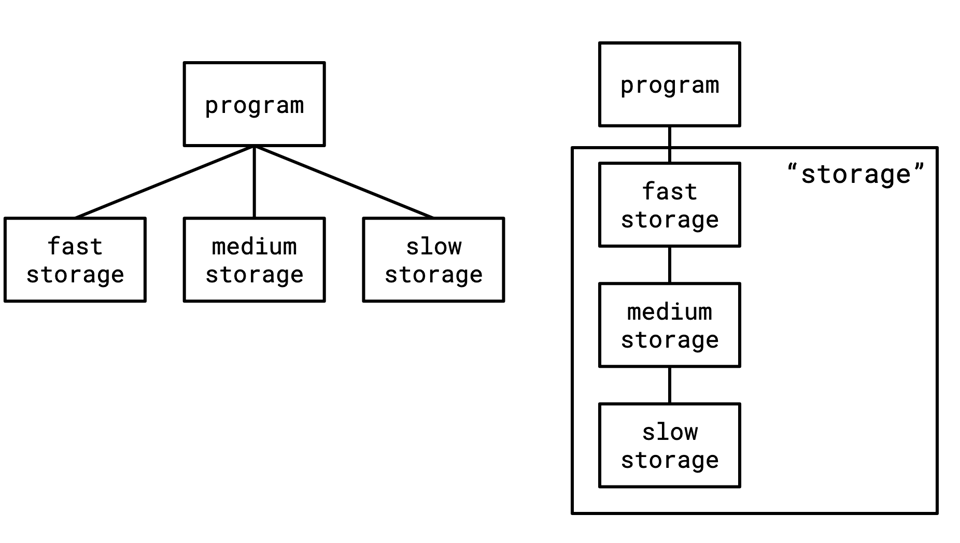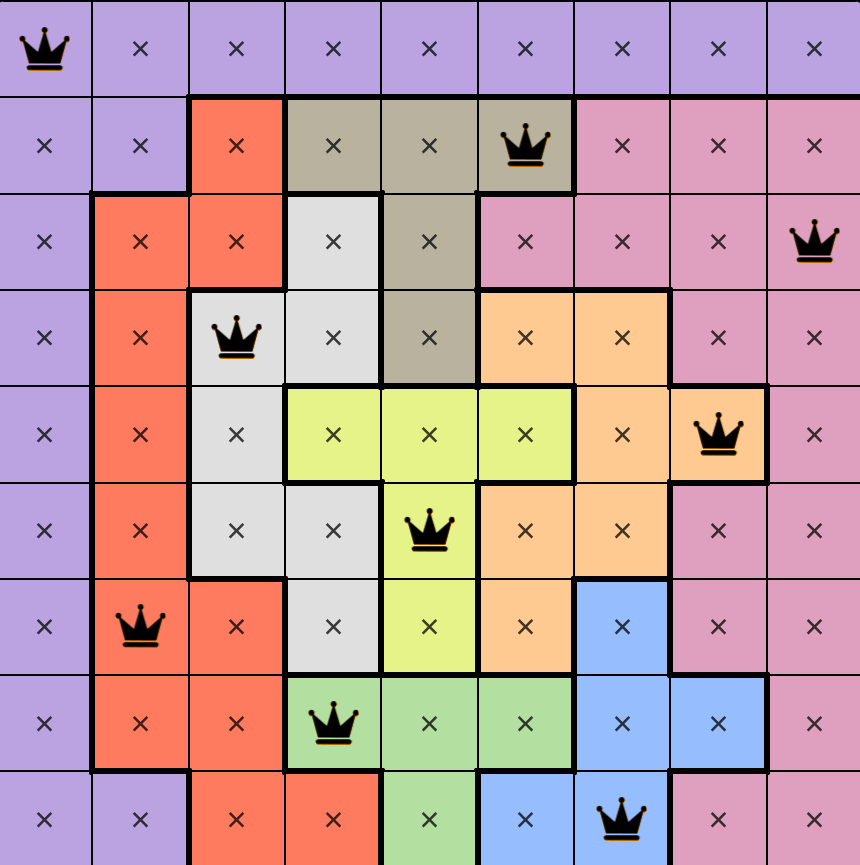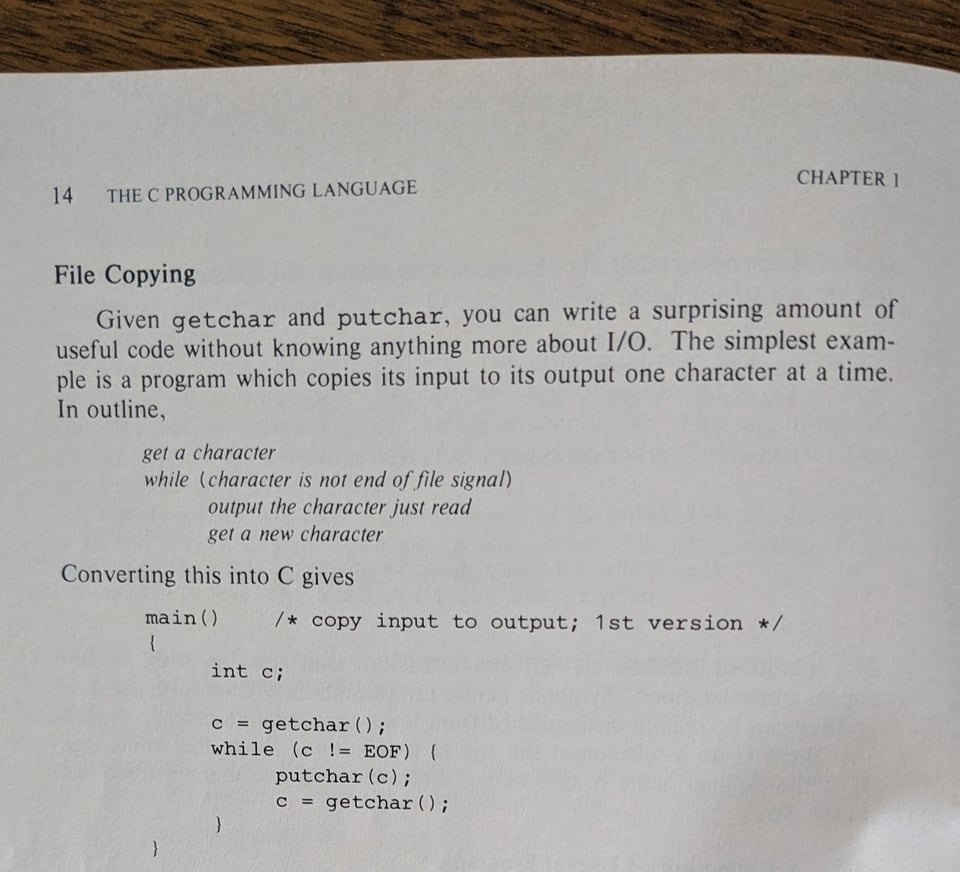Why I Prefer reStructuredText to Markdown

This post details why the author prefers reStructuredText (rST) over Markdown for writing technical books. rST, being a mid-weight representation of an abstract documentation tree, offers superior extensibility and customization compared to Markdown's lightweight approach. The author illustrates this with examples of image creation and exercise handling, showing how rST's custom directives and document tree transformations enable complex document structures and functionalities difficult to achieve in Markdown. While acknowledging rST's potentially less intuitive syntax, the author champions its power for large-scale documentation, especially when custom extensions and transformations are needed, as demonstrated in his book, "Logic for Programmers."
Read more
















